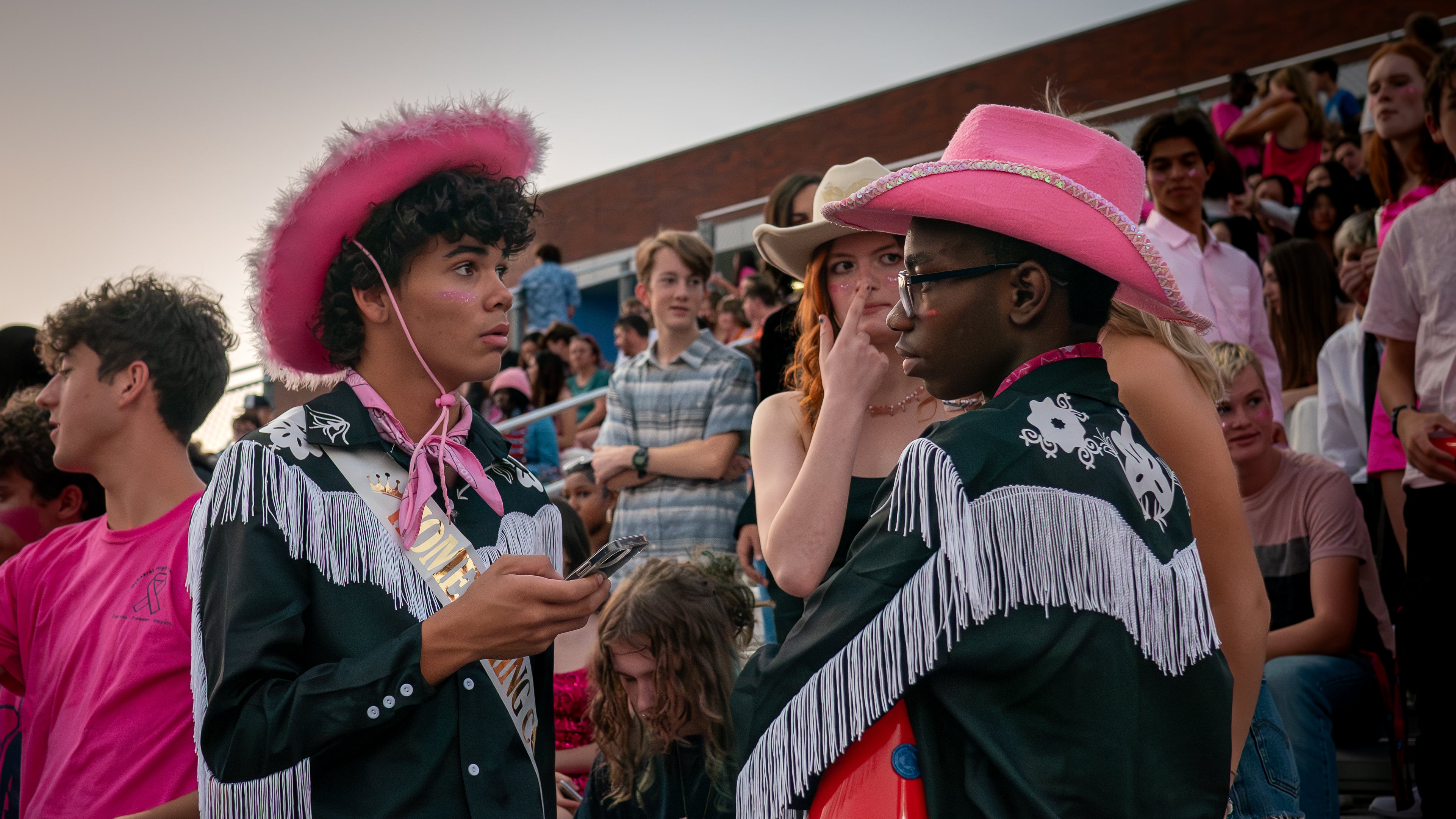This fall, Portland Public Schools invited students living in outer East Portland to come back to the schools their families had attended for generations.
The district rolled out the new option to students in Parkrose, David Douglas and Reynolds schools whose families used to live in North and Northeast Portland, once the center of Portland’s Black community, but were pushed out by gentrification and the cost of housing.
PPS made flyers in English, Spanish and Somali and built a website that assured students, “You Really Can Go Home Again.” They encouraged families to “apply early for the best chance of approval” at the 19 schools and told principals to expect some “slight enrollment increases.”
Slight indeed. Just 23 students have transferred to PPS under its Right to Return program.
“We would have expected a lot more than that,” says Tony Hopson Sr., president of the nonprofit Self Enhancement Inc., who helped devise the program back in 2017.
Riding the momentum of the city’s 2014 North/Northeast Neighborhood Housing Strategy (also known, colloquially, as “right to return”), Hopson worked with Ron Herndon, executive director of Albina Head Start, to help Black families come back to schools where they had long-standing ties.
At the top of the list? Jefferson High.
The program wasn’t just a feel-good attempt at reparations; Hopson and Herndon say they were tackling a concrete problem. Kids were already attending Jefferson using false addresses because they wanted so much to attend school in their family’s previous community. “People were very creative when it came to finding addresses,” Herndon says.
Right to Return would give them a path to legitimacy. But Hopson attributes the program’s low uptake number, in part, to “distrust.”
“Most of the kids that would take advantage of the program are probably already going to Jefferson,” Hopson says. “Once you go public and say you want Right to Return, if things don’t go well, you feel like you’re going to be forced out of the school that you’re in.”
To be eligible for a Right to Return transfer, a student or family member must have a former address in certain areas of North and Northeast Portland.
The school district hoped to receive 50 to 100 applications, according to Judy Brennan, director of enrollment planning. Twenty-four students were accepted into the program but one was waitlisted due to lack of capacity at their preferred school.
“We are pleased that our current students were able to continue at or enter their choice schools with fewer enrollment barriers,” Brennan says. All 23 students identify as Black, Latino or multiracial.
PPS relied on school administrators and counselors to publicize the program; they also wrote to families who had recently moved out of the district. Hopson says they never contacted SEI for help finding eligible families. “We have access to more Black kids in outer east than anybody else,” he says.
Hopson and Herndon—while pleased to see Right to Return up and running—are frustrated it took six years to launch. Administrative turnover and the pandemic led to the sluggish rollout, Herndon says.
“Given the uneven way that the school district has addressed this,” he adds, “I’m not surprised at all that there are so few students in the program.”

